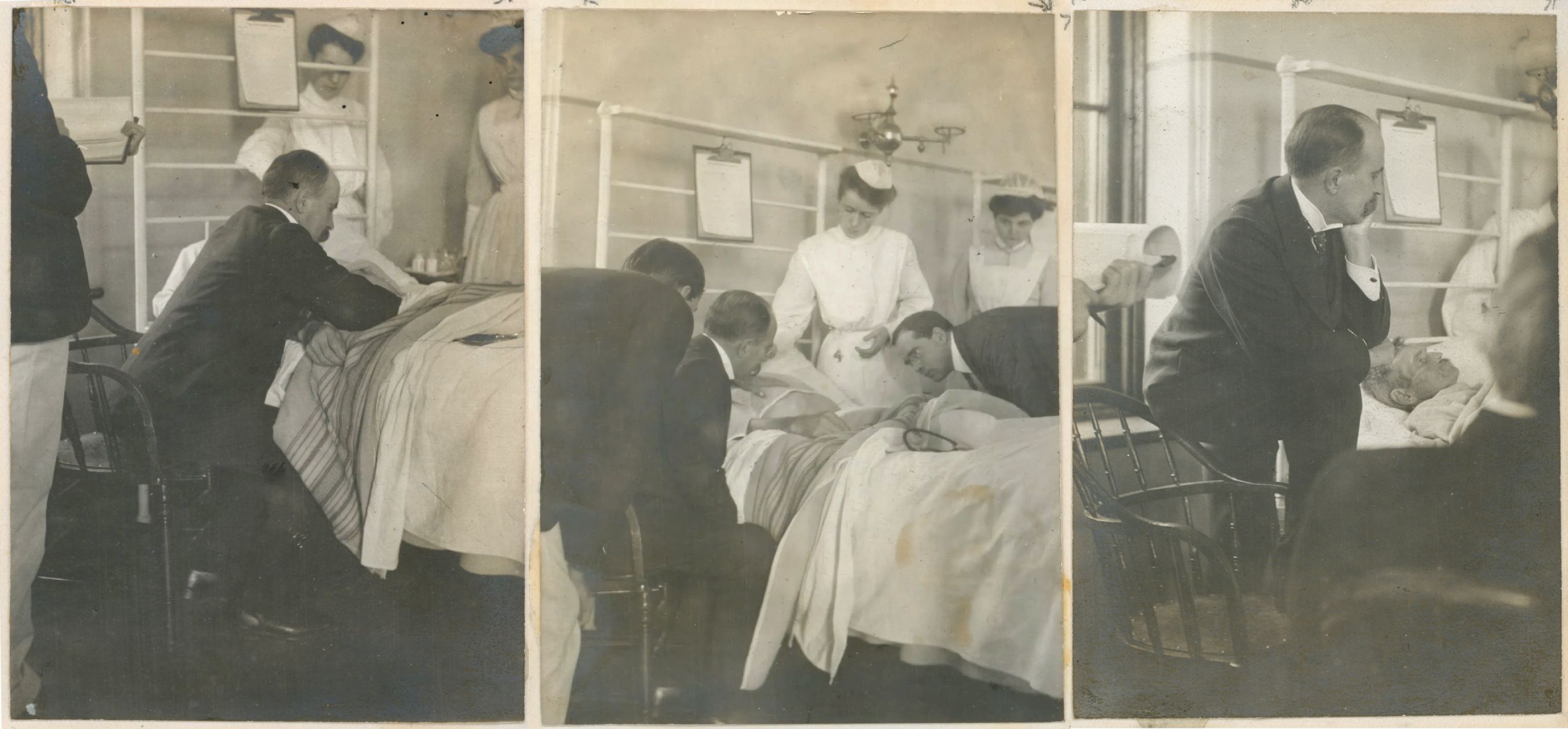Frances Power Cobbe, “The Medical Profession and Its Morality,” The Modern Review (April 1881): 296–328, 302.
Ibid.
William B. Carpenter, “The Morality of the Medical Profession: A Reply,” The Modern Review (July 1881), 489-532, 490. Emphasis original.
Cobbe, “The Medical Profession,” 325.
Carpenter, “The Morality of the Medical Profession,” 532.
John Gregory, Lectures on the Duties and Qualifications of a Physician (Philadelphia: M. Carey & Son, 1817), 9.
Ibid.
Ibid.
Ibid., 20.
Edward Shorter, Bedside Manners: The Troubled History of Doctors and Patients (New York: Simon and Schuster, 1985), 27.
Joseph Carson, A History of the Medical Department of the University of Pennsylvania from its Foundation in 1765 with Sketches of the Lives of Deceased Professors (Philadelphia: Lindsay and Blakiston, 1869), 30.
Kenneth M. Ludmerer, Learning to Heal: The Development of American Medical Education (New York: Basic Books, 1985), 10.
Shorter, Bedside Manners, 30.
Ludmerer, Learning to Heal, 3.
Paul Starr, The Social Transformation of American Medicine (New York: Basic Books, 1982), 86.
Ibid.
Ibid.
Maurice Cassidy, “Doctor and Patient,” The Lancet 231, no. 5968 (January 1938): 175–80, 176; quoted in Shorter, Bedside Manners, 159.
Ludmerer, Learning to Heal, 63.
For analysis of the architecture of the revolution in American medical education, see Katherine L. Carroll, “Creating the Modern Physician: The Architecture of American Medical Schools in the Era of Medical Education Reform,” Journal of the Society of Architectural Historians 75, no. 1 (2016): 48–73.
New York Register of Medicine and Pharmacy (New York: Baker, Godwin & Co, 1851), 47.
“Father of Modern Medicine: The Johns Hopkins School of Medicine, 1889–1905,” United States National Library of Medicine, ➝.
Ibid.
William Osler, Aequanimitas, with Other Addresses to Medical Students, Nurses, and Practitioners of Medicine (Philadelphia: P. Blakiston’s Son, 1904), 331.
Abraham Flexner, Medical Education in the United States and Canada (New York: D.B. Updike, The Merrymount Press, 1910), 20.
Morris J. Vogel, The Invention of the Modern Hospital: Boston 1870–1930 (Chicago: University of Chicago Press, 1980), 79.
David L. Edsall, “Some of the Human Relations of Doctor and Patient,” in Physician and Patient: Personal Care, ed. L. Eugene Emerson (Cambridge: Harvard University Press, 1929), 15.
Vogel, The Invention of the Modern Hospital, 119.
Lawrence K. Lunt, “Human Nature and its Reaction to Suffering,” in Physician and Patient: Personal Care, ed. L. Eugene Emerson (Cambridge: Harvard University Press, 1929), 149.
Edsall, “Some of the Human Relations,” 17.
For the emotional history of nursing, see Patricia D’Antonio, American Nursing: A History of Knowledge, Authority, and the Meaning of Work (Baltimore: Johns Hopkins University Press, 2010) and Richard Shryock, The History of Nursing: An Interpretation of the Social and Medical Factors Involved (Philadelphia: W. B. Saunders Company, 1959).
Carroll, “Creating the Modern Physician.”
Vogel, The Invention of the Modern Hospital, 119.
Barbara H. Rosenwein, Emotional Communities in the Early Middle Ages (Ithaca: Cornell University Press, 2007), 25.
Osler, Aequanimitas.
